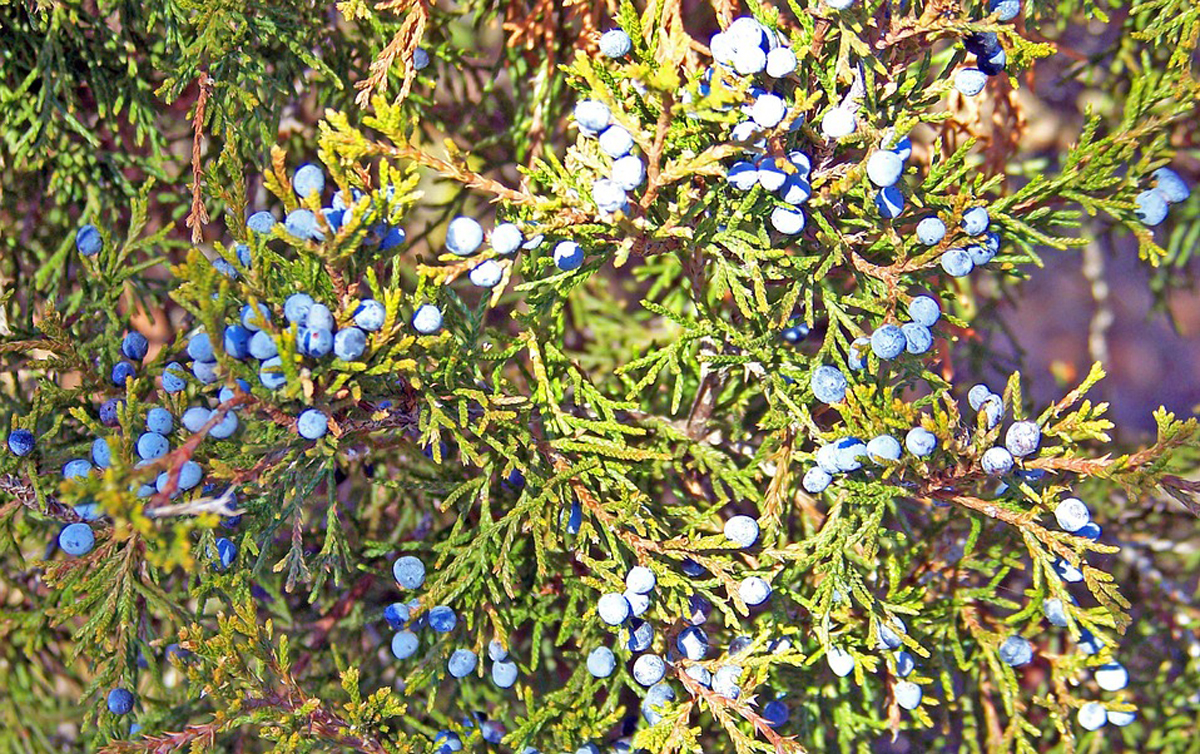 Heritage tourism in Bears Ears may be a model for sustainable development in Utah
Heritage tourism in Bears Ears may be a model for sustainable development in Utah
By Alastair Lee Bitsoi
Small business owner Persephonie Black relies on juniper seeds, a cultural resource found inside Bears Ears National Monument, to support her livelihood.
Her small operation is artsy and is also built upon her traditional Navajo culture. She makes ghost beads as earrings, wristlets, and/or necklaces. They’re made with both juniper seed beads and glass beads, and like hundreds of other local entrepreneurs, this livelihood feeds her both spiritually and financially.
“We get our juniper seeds from Bears Ears,” Black said, explaining that the seed beads are usually found in the undergrowth of a juniper tree. She depends upon the squirrels and chipmunks who eat away the exterior of the blue berries and drop the seeds to the base of the juniper for her to collect.
During seed harvest, she examines if the rodents made holes in them. If holes exist, she then gathers them and makes larger holes to string the glass beads with the juniper seeds.
“We wear them for protection,” Black said about the purpose of making the ghost beads. “I make them and sell them. My girls do the same thing. I learned it as a young girl growing up.”
Black’s small business operation is just one of many examples of the arts economy that exists in San Juan County, which has the state’s highest unemployment rate and is the only county in Utah identified by the U.S. Census as having persistent poverty.
A common misconception among opponents of Bears Ears is that monument status of public lands hinders economic development. But, in the case of Black, Bears Ears has in fact benefited her operation.
“That’s our income there.,” Black said. “Especially here in Monument Valley, there are tourists coming. They like to buy traditional bead work. And that helps us with our income.”
Black’s success is a form of heritage tourism. Utah Diné Bikéyah emphasizes the importance of building a local economy with a foundation on authentic Utah culture and has obtained a “creative placemaking” grant through the ArtPlace Foundation that is in the process of generating community-driven planning recommendations to submit to federal, state, and local planning agencies.
Native Americans like Black view heritage tourism as a much more sustainable option than the boom and bust development of oil, gas, and uranium industries.
According to Dave Conine, Utah Diné Bikéyah’s economic development director, national monuments like Bears Ears create jobs that might begin with tourism but eventually diversify into other sectors like financial, medical, and professional service sectors.
“These locally owned businesses are built by community members,” Conine said. “They do not pull up and leave when the economy dives into a recession. Local business owners do not bring in huge work crews overnight and leave just as abruptly when a market for oil, gas, or some mineral suddenly collapses.”
Conine cites the establishment of Grand-Staircase Escalante National Monument just to the west of Bears Ears in Kane and Garfield Counties as a good example of healthy economic growth.
“Grand Staircase Escalante National Monument has led to a tremendous growth and economic health through the diversification of local business,” Conine said. “It has allowed local residents to create new businesses and create many jobs. In fact, the area now has a labor shortage.”
Independent research from Headwaters Economics verifies Conine’s claim that monument designation at Grand Staircase Escalante has positively impacted Kane and Garfield Counties. From 2001 to 2015, the Grand Staircase-Escalante region experienced population growth of 13 percent and job growth of 24 percent. In addition, real personal income grew by 32 percent, and real per capita income grew by 17 percent for the same 14-year period.
Headwaters Economics also highlights the fact that agriculture, mining, and timber now make up a smaller economic share of the Grand Staircase-Escalante region. Agriculture accounted for 6 percent of total employment while mining was only at 0.4 percent and timber at 0.2 percent of overall employment in both counties.
Few, if any, residents of San Juan County want it to become like Moab, which was built under the model of “growth at all cost.” Utah Diné Bikéyah supports local efforts, like Black’s small business, that keep authentic traditional cultures intact and add another reason for people to come visit San Juan County in a respectful and low-impact way.
Rather than being overrun by mountain bikes and ATV’s, Utah Diné Bikéyah envisions a protected landscape that is re-activated through prayer with visitors who respectfully hike the land, eat traditional Native American foods, and leave with a different relationship to the Earth and the local citizens who depend upon on the Bears Ears landscape as our home. This includes ranchers and medicine women alike.
Mark Maryboy, a Utah Diné Bikéyah board member, says that small cultural heritage operations like Black’s are important to community development in high-poverty areas like San Juan County. He estimated that approximately 11 million tourists visit the Four Corners Region annually to experience places like Bears Ears National Monument, Chaco Canyon, Canyon de Chelly, Monument Valley Tribal Park, Hovenweep, Canyonlands, and many other destination sites in the region.
“I think that with the kind of visitation we are experiencing, heritage tourism is a desirable economic sector to develop compared to the oil and gas and uranium industries that have polluted our lands and our people,” Maryboy said. “Grand Staircase is a positive example of tourism and economic growth that has resulted from proper planning and respectful forms of visitation.”
Articles related to “Heritage tourism in Bears Ears may be a model for sustainable development in Utah”
Petition to reinstate terminated Dixie State University professors circulating online
Dixie State University is firing people, again — a suggestion on how to respond
Dear Dixie State University and Legend Solar: Show me the money



